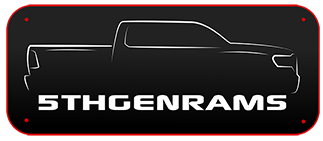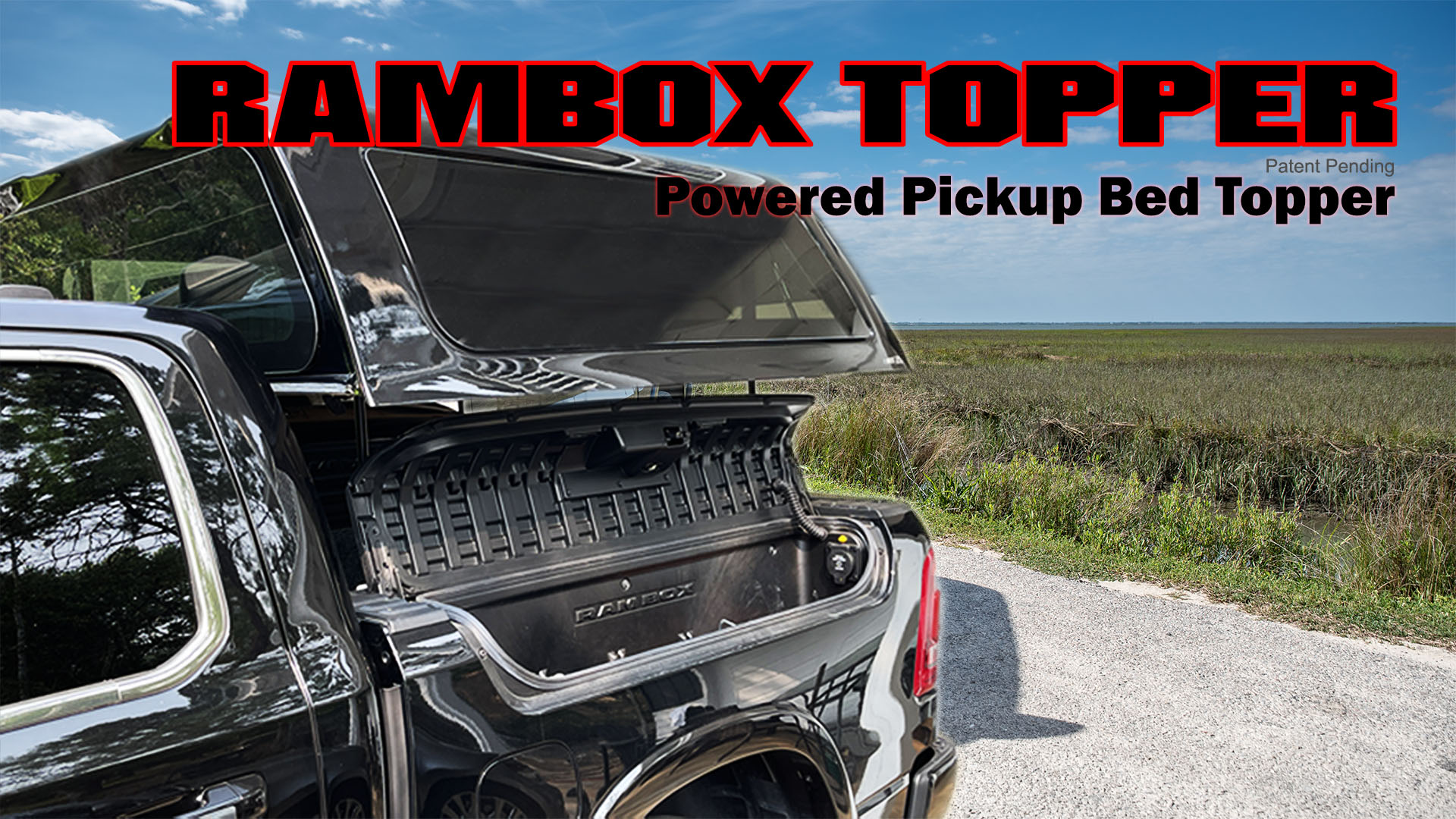i see you want to do something similar to what I've done. you can find my write up here:
Introduction Electrical systems are critical to a successful modern overlanding trip. Everything that we rely on for a good overlanding experience relies on various reliable electrical systems that are added aftermarket. In this article, I will be going over an in-depth view of the most current...
jollyrogueco.com
i have both Ecoflow Delta 2 AND a LiFEPO4 using TWO different DC-DC chargers.
DC-DC charger works just fine with these external power stations. All you need to do is cut off whatever plug is on the other side of the XT-60i (make sure you use XT-60i and not just XT-60 for maximum capability) and plug it into the output side of DC-DC charger and you're golden. For the input, you can direct wire it to the starting battery and call it a day. Make sure you use at least a 6AWG cable for power and ground. Body ground it instead of ground it to battery.
For the charger, if hard mounting solar is something you MAY do in the future, get a DC-DC charger with MPPT. Redarc and Renogy are two widely accepted manufactures that produce DC-DC charger with MPPT. If you are doing Renogy, make sure you get it from their site and not Amazon or any other reseller site, as their main site is where they have the most updated version that is capable of doing 50A in solar, whereas the one on amazon is old design and is only capable of 25A solar.
If you're sure you don't need solar, then go with Victron DC-DC charger. Get the 12/24 - 15A - Isolated. It has an ignition trigger so the unit knows when the engine's running and when it's not.
All three: Redarc, Victron, and Renogy have built in isolation switch, so the unit knows to cut output when engine's off or when the starter battery is not fully charged.
edit for additional information:
I ran this dual secondary/ add-on battery system for year and half already, including a 13k miles trip to Alaska and the Arctic Ocean. Absolute zero problem with ET or starter battery. The 2x 200w panel on the roof of my camper that get hooked to the Renogy actually trickle charges the starter battery after LiFEPO4 is full as well.












